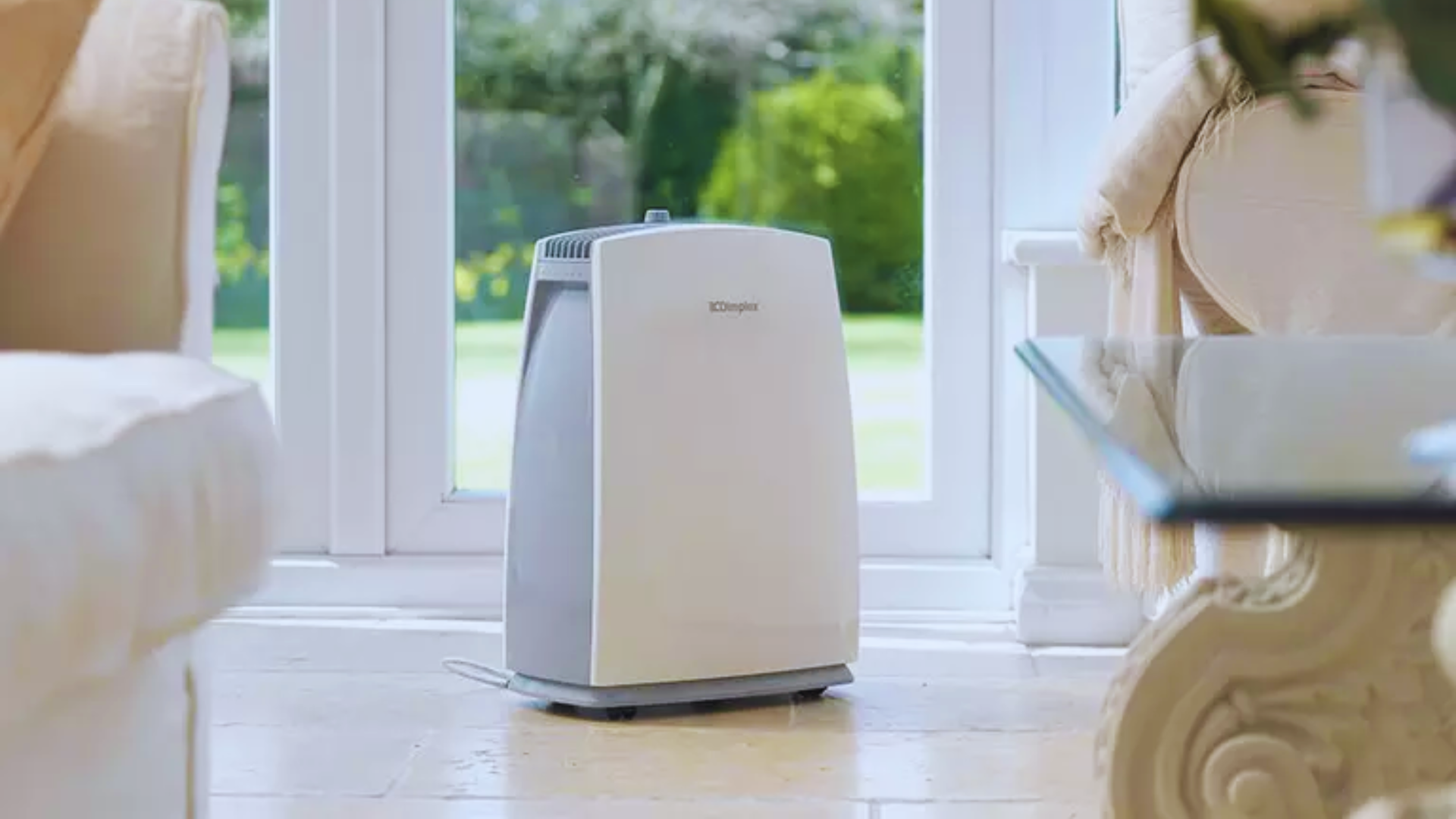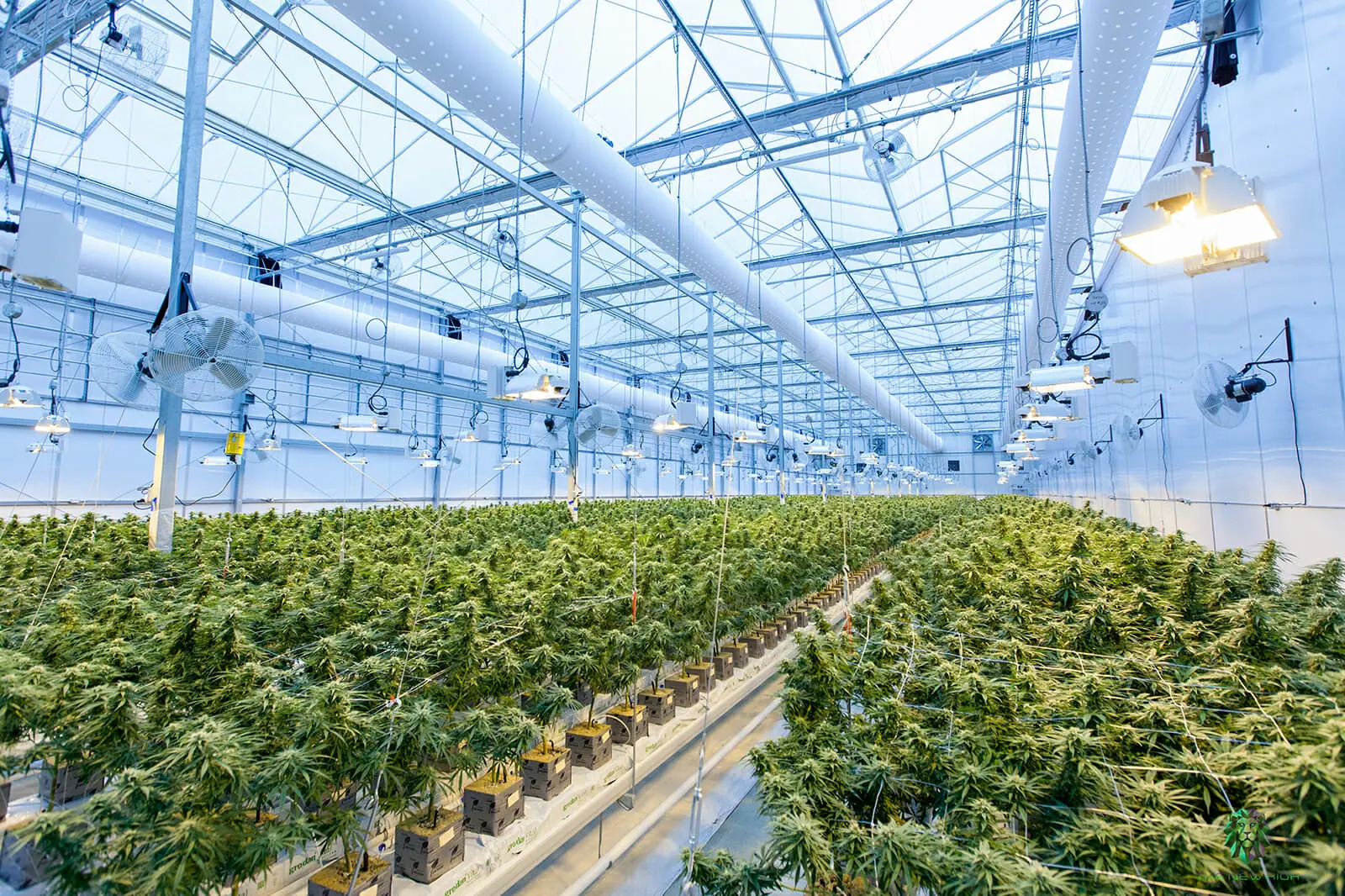How To Size Your Dehumidifier For Your Indoor Garden
A dehumidifier is a device that removes excess moisture from the air in your home. It works by filtering the air, and then drawing it into the machine where it passes over a set of cold coils. The cold coils cause water vapor to condense, turning it into liquid that is collected in a reservoir.
The now-drier air is then released back into the room. A dehumidifier helps reduce humidity levels in your home and can be beneficial if you’re trying to maintain an indoor garden or prevent mold growth.
It also helps lower energy bills by reducing the need for air conditioning, as dryer air feels cooler than humid air. Dehumidifiers come in various sizes so you should select one suitable for your needs.
Benefits of Using a Dehumidifier in an Indoor Garden
Using a dehumidifier in an indoor garden can provide multiple benefits. It helps maintain ideal humidity levels that are necessary for healthy plant growth, as well as reducing the occurrence of mold and mildew.
Additionally, it also helps to reduce allergens such as dust mites, pollen, pet dander and other pollutants that can be detrimental to your plants. A dehumidifier will also help you save energy by reducing the need for air conditioning since dryer air feels cooler than humid air.
As a result, you'll be able to keep costs down while still providing your plants with the optimal environment they need to thrive.
Factors to Consider When Sizing a Dehumidifier
When sizing a dehumidifier for your indoor garden, there are several factors to consider. First, you need to determine the size of your space and how much humidity it holds. If you plan on growing plants in multiple rooms or areas, then you'll need to get a dehumidifier that is capable of covering the entire area.
Additionally, the level of humidity in your environment will also factor into the size of dehumidifier needed. For example, if you have high levels of humidity, then a larger unit may be necessary in order to keep up with the demand.
Finally, it's important to take into account the amount of moisture that your plants require in order to thrive. This will help ensure that the dehumidifier can provide optimal conditions for successful growth.
Room Size
When it comes to selecting the right size dehumidifier for your indoor garden, room size is an important factor to consider. In general, larger rooms will require a more powerful dehumidifier in order to adequately reduce humidity levels.
To determine the size of dehumidifier needed for your space, you'll need to measure out the length and width of the room and then multiply these two numbers together. This will give you a total square footage number which should be used as a guide when selecting your unit. Additionally, be sure to take into account any areas with higher humidity levels such as bathrooms or kitchens which may require additional coverage.
With careful consideration of room size and other factors such as humidity levels and moisture requirements for plants, you can ensure that your dehumidifier is capable of providing optimal conditions for successful growth.
Humidity Level
Humidity level is an essential factor to consider when selecting the right size dehumidifier for your indoor garden. The optimal relative humidity (RH) level for most plants is between 40-60%. If RH levels are above this range, it can lead to excessive moisture and mold growth which can damage plants and other items in the room.
To determine the correct size dehumidifier needed for your space, you'll need to measure out the length and width of the room and then multiply these two numbers together to get a total square footage number. After that, you'll need to take into account any additional humidity in other areas such as bathrooms or kitchens and use this information as a guide when selecting your unit.
With careful consideration of room size, humidity levels, and moisture requirements for plants, you can ensure that your dehumidifier is capable of providing optimal conditions for successful growth.
Environmental Conditions
Environmental conditions play an important role in the health of your indoor garden. To ensure that your plants stay healthy and thriving, it is important to maintain a consistent ideal temperature and humidity level within your space.
Temperature should be kept between 65-75°F with relative humidity levels between 40-60%. If you live in an area with high humidity or extreme cool temperatures, using a dehumidifier and air conditioner may be necessary to maintain optimal environmental conditions for your plants.
Additionally, adequate ventilation is essential for proper air flow. This will help reduce the risk of pests and diseases as well as providing sufficient oxygen for photosynthesis. With careful monitoring of temperature, humidity, and air circulation, you can create a safe and comfortable environment for your indoor garden.
Nutrient Uptake and Mold Growth Prevention
Nutrient uptake and mold growth prevention are important for the health of your indoor garden. Nutrients are essential for plant growth, so adequate nutrition is necessary to ensure that your indoor plants stay healthy and strong. To maximize nutrient uptake, you should use a high-quality fertilizer specifically designed for indoor gardening.
Additionally, it is important to avoid over-watering and provide enough drainage to allow excess water to escape. This will help reduce the risk of mold growth and root rot, which can be detrimental to plant health. Furthermore, controlling the humidity levels in your space can also help prevent mold growth as well as conserve water by reducing evaporation.
By monitoring temperature, humidity, air circulation, nutrition levels and soil moisture you can create an optimal environment for your indoor garden and maintain healthy plants free from pests and diseases.
Calculating the Right Size for Your Dehumidifier
Having the right size dehumidifier for your indoor garden is important for controlling humidity levels and preventing mold growth. To calculate the appropriate size, start by measuring the cubic feet of the area you want to dehumidify.
Then, multiply this number by 12 to find how many pints of water should be removed per day in order to maintain comfort and reduce moisture buildup. Using this number, you can determine which size dehumidifier will best suit your needs. Most portable models range from 30-70 pints/day and whole-house units range from 70-150 pints/day.
Additionally, it is important to consider factors such as temperature, ventilation and insulation when selecting a dehumidifier as they all influence humidity levels in your space. With the right size dehumidifier, you can ensure an optimal environment for your indoor garden and keep it free from pests, diseases and excess moisture.
Square Feet of your Grow Room or Home
When growing indoors, it is important to consider the square footage of your grow room or home. This will help you determine how much space you need and what equipment is necessary for optimal growth. Start by measuring the length and width of your grow area and multiply them together to get the total square feet.
You can then use this number to determine what type of lights, fans, or other ventilation systems you may need. Additionally, if you plan on adding shelves or other items in your grow room, make sure to account for their size in your calculations as well.
With the right square footage calculated, you can ensure that your indoor garden has enough space to accommodate all of its needs and provide an optimal environment for maximum growth.
Pints of Water You Need to Remove Per Day
When growing indoors, it's important to calculate how much water needs to be removed daily. This is especially true if you are running a dehumidifier in your grow room or home. The amount of moisture in the air should be kept at a certain level for optimal growth and health, so measuring the amount of water your dehumidifier needs to remove each day is essential.
To calculate this number, start by measuring the cubic feet of your grow area and then multiply it by 0.75 (the number of pints of water per cubic feet). This will give you an idea of how many pints need to be removed daily. Once you have this number, you can then select a dehumidifier that meets those requirements and provide your indoor garden with the right amount of moisture control.
Desired Percent Humidity in the Room
The desired level of humidity in your grow room or home is important to maintain for optimal growth and health. The ideal percent humidity will vary depending on the type of plants you are growing, but generally 45-55% is a good range to aim for in order to create an environment that is not too dry or too damp.
To measure the humidity in your space, you can purchase an inexpensive hygrometer which will give you an accurate reading. Once you know what your current levels are, you can determine if a dehumidifier is necessary and set it accordingly.
It's also important to check the readings regularly as humidity levels can fluctuate quickly due to changes in temperature and other factors. By monitoring the humidity and making sure it stays within the ideal range, you'll be able to provide your indoor garden with the best possible environment for successful growth.
Final Thoughts on Sizing Your Grow Room Dehumidifier
Sizing your grow room dehumidifier is an essential factor for maintaining the correct humidity levels of your grow space. The most important aspect of this process is figuring out how much water your environment receives on average in a day so that you can properly match up your dehumidifier to that amount.
To ensure accuracy, it’s a good idea to use a simple Water In / Water Out equation and if you find that approach too difficult, you can always get help from experts in the field. Additionally, taking the time to read through our complete guide to grow room atmosphere and ventilation is worth considering.
This will give you an even larger overview when it comes to all facets of maintaining an ideal climate controlled space, as well as deciding whether or not a dehumidifier is needed in the first place. With all these tools surrounding sizing and selecting the right dehumidifier for your particular situation, we are sure you will achieve success in keeping your environment at optimal levels.










